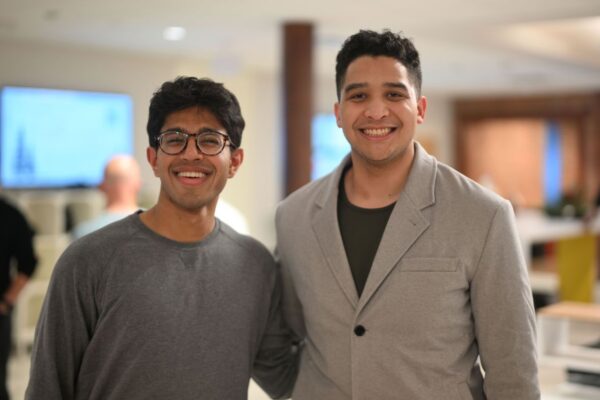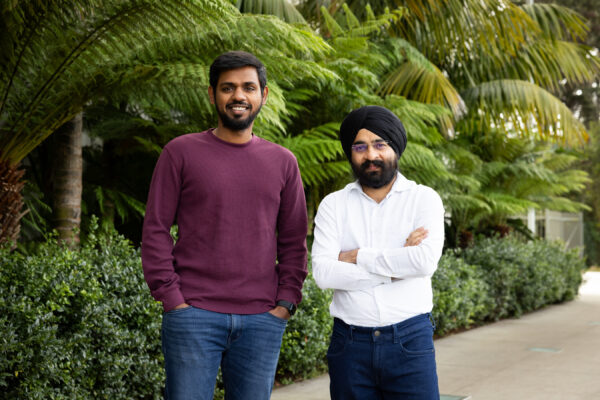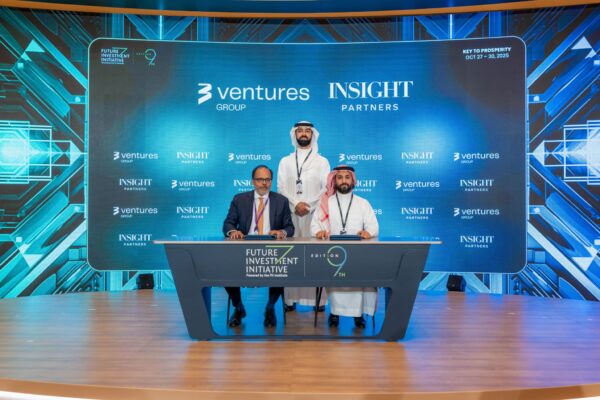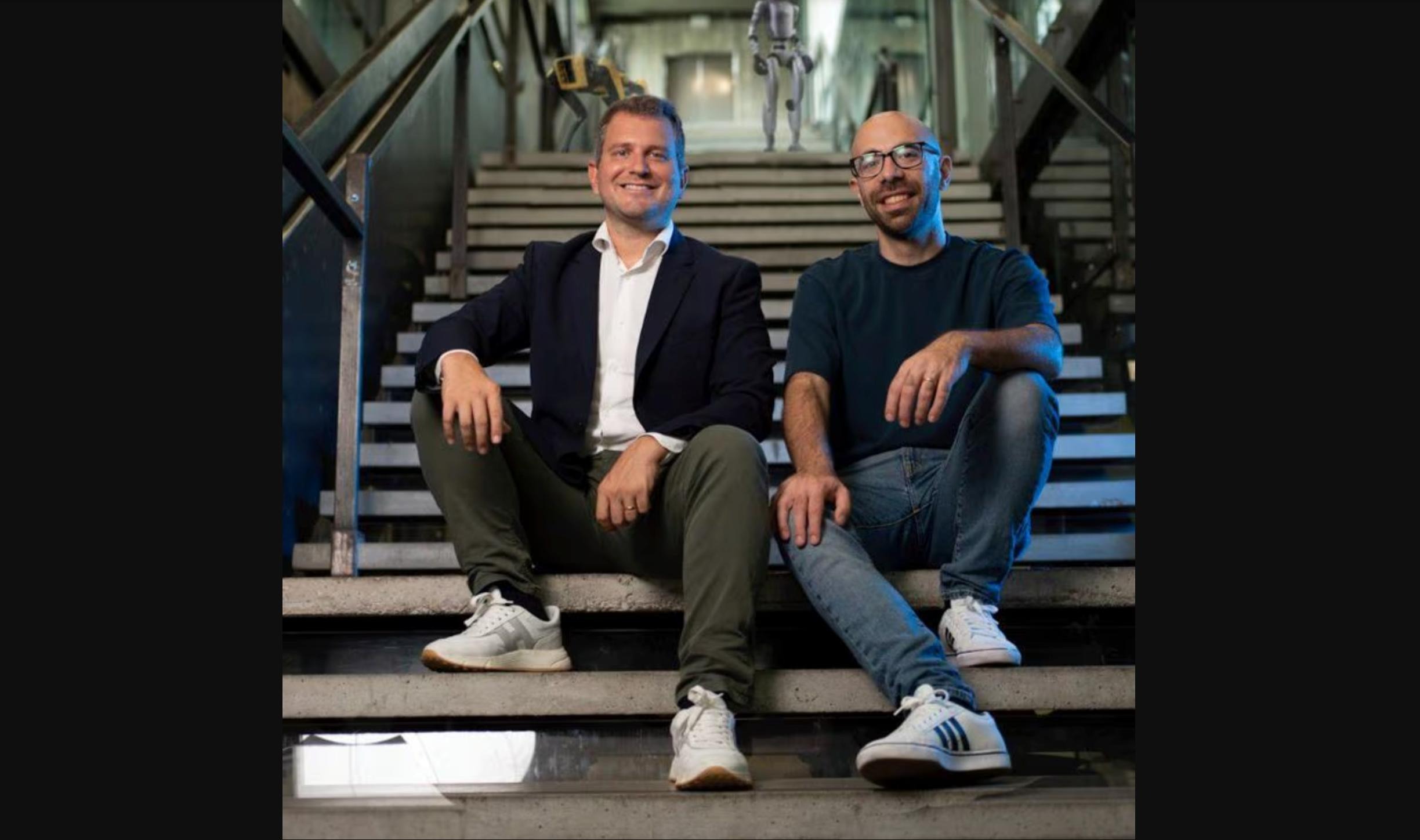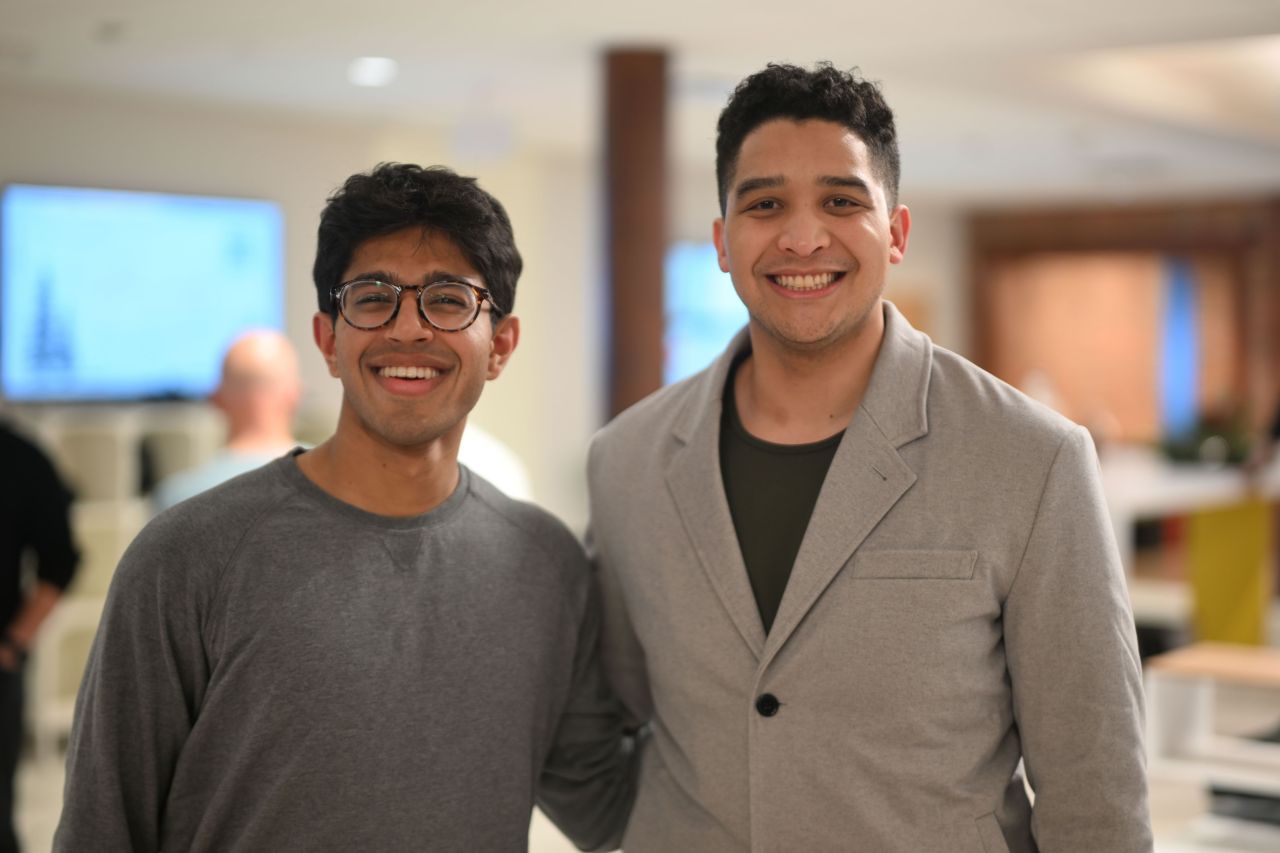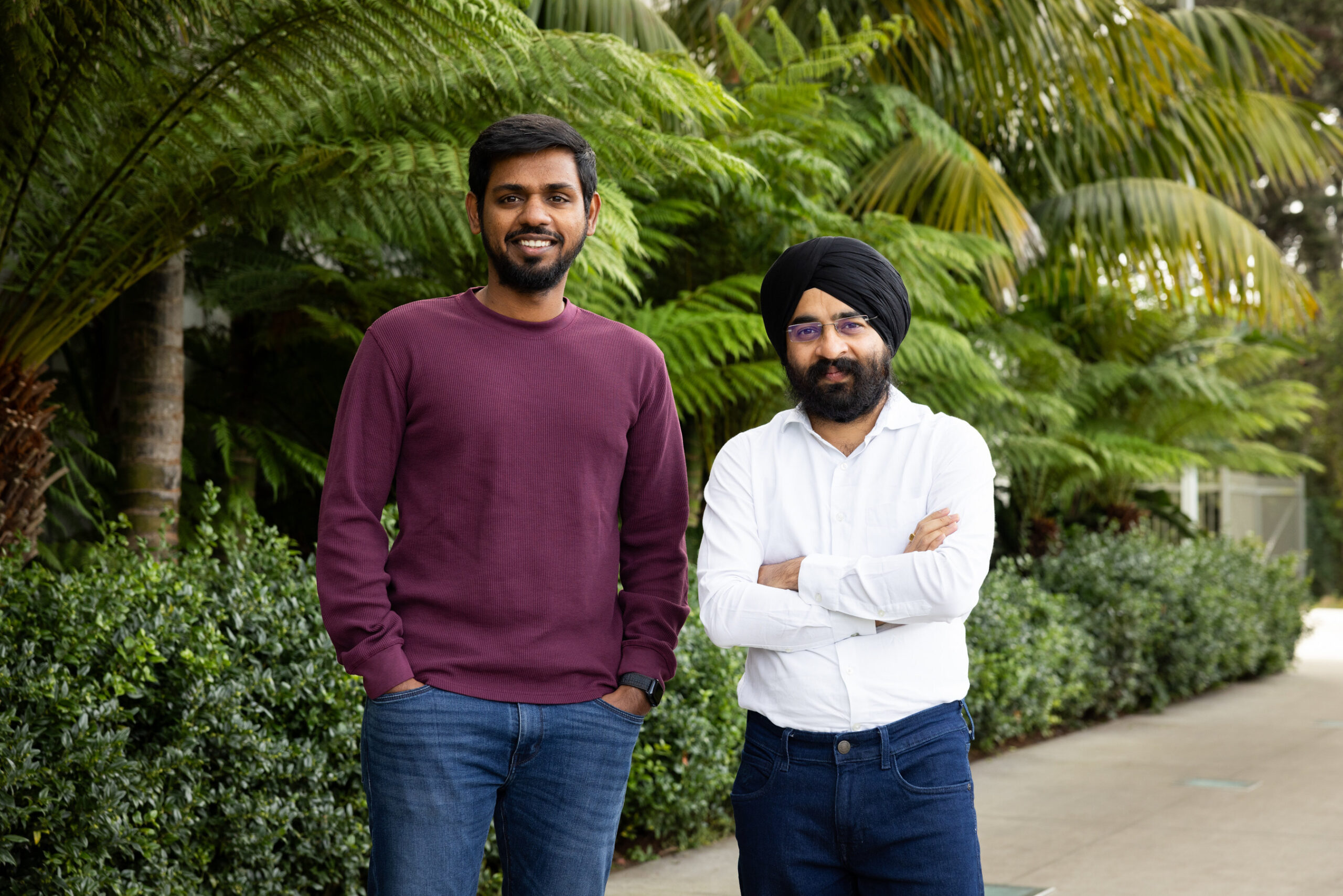A Milan-based robotics startup thinks it has found the missing link between artificial intelligence and physical automation. Cyberwave, founded by Simone Di Somma and Vittorio Banfi — both with Silicon Valley pedigrees — has raised €7 million in seed funding to build what it calls the “operating system” for intelligent machines.
At the surface, it sounds familiar: an AI-native platform that abstracts away the complexity of integrating robots, sensors, and machines into enterprise workflows. In essence, Cyberwave wants developers to work with physical machines as easily as they work with APIs.
But here’s the rub — machines aren’t APIs. And turning real-world, error-prone, safety-critical systems into something software developers can manipulate is a notoriously hard problem. Many have tried. Few have shipped anything reliable at scale.
The pitch: a bridge from bits to atoms
Cyberwave’s founders come with startup credibility. Di Somma previously sold his data analytics startup Askdata to SAP. Banfi built Botsociety, a design tool for voice interfaces, which was acquired by Google. Now, they’re taking aim at the “wall” that separates machine learning models from machines that can actually do something — like welding a chassis, moving a package, or inspecting a turbine.
The idea isn’t new. From Boston-based startups like Realtime Robotics to large players like Siemens and ABB, there’s been a steady stream of efforts to “standardize” robot behavior. Most end up entangled in the idiosyncrasies of hardware, edge cases, and the realities of latency, safety, and uptime.
Cyberwave thinks it can avoid those pitfalls by taking a modular, developer-first approach. Its platform doesn’t just control robots; it creates digital representations of them — digital twins — that can be programmed, tested, and orchestrated like software components.
A VC bet on abstraction
United Ventures, an Italian venture firm, led the round. Others joining in include The Techshop, Pi Campus, and Vento, the latter backed by Agnelli-family investment firm Exor. Notably, several angels from the AI and manufacturing worlds are on the cap table — a sign that the company is drawing early attention from people who’ve seen how hard industrial automation can be.
The money will go toward building out the platform, hiring teams across Milan, Zurich, and San Francisco, and expanding pilot programs in manufacturing, logistics, and industrial inspection.
But no amount of VC money can fully eliminate the complexity of physical integration. System integrators have always existed because every facility is different. Machines vary in age, vendor, protocol, and tolerance. While the idea of “no-code” or “one-click” automation sells well in pitch decks, the factory floor rarely cooperates.
The real test: developer adoption
Cyberwave is positioning itself less as a vendor and more like a platform: hardware manufacturers integrate once, and third-party developers — whether enterprise engineers or AI teams — build workflows on top. Think: AWS for robotics, or Hugging Face for hardware.
That framing is clever, but it requires developers to show up and stick around — a hurdle that tripped up many robotics platforms before them. Getting manufacturers to open their machines to third-party control also raises reliability and liability questions, especially when physical safety is involved.
The deeper risk isn’t technical — it’s trust. Enterprises won’t swap their expensive PLCs and custom code for a web-based interface unless Cyberwave can prove not only speed, but robustness.
Why this matters
The push to digitize European industry is accelerating, spurred by labor shortages, rising energy costs, and the pressure to reshore production. But much of that digitization is stuck in silos. Robots don’t talk to enterprise software. AI models remain stuck in the cloud. Projects stall not because the tech doesn’t exist, but because connecting it all is slow, expensive, and brittle.
If Cyberwave can make that integration seamless — truly seamless — it could become the plumbing behind a new wave of automation. But building developer tools for the physical world means playing by the rules of both software and hardware.
And unlike code, machines don’t forgive mistakes.
If you need further assistance or have any corrections, please reach out to editor@thetimesmag.com.

